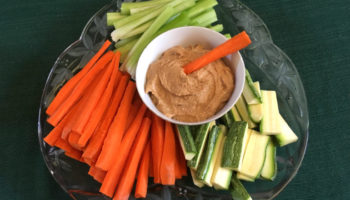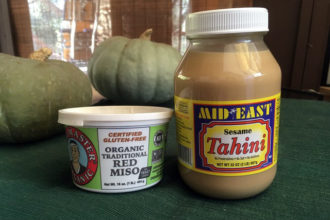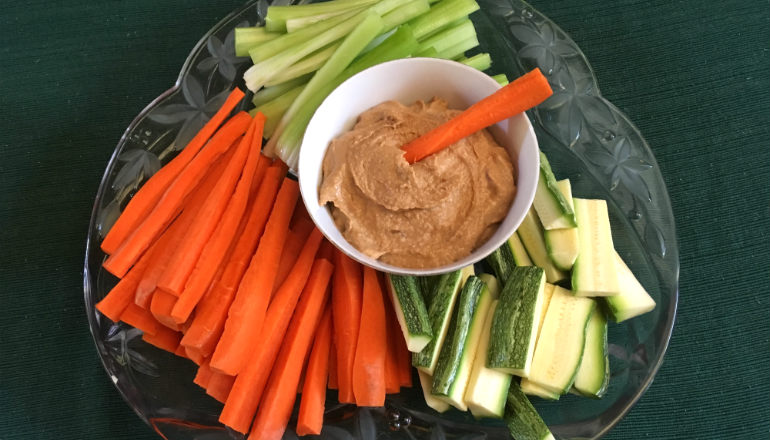 Reading Time: 3 minutes
Reading Time: 3 minutesI stopped eating soy a few years ago when I realized it was not the health food I had been led to believe. The recent ruling in the cancer court case involving Monsanto’s glyphosate (Roundup) makes an even stronger case for running the other way from conventional soybeans, in my opinion. Conventional soybeans are typically a GMO crop where the grower is using glyphosate to kill weeds without killing the soybeans.
Historically, most soy consumed by humans was fermented before being used as food. And, in fact, a NIH study from 2010 suggests that fermented soy products may prevent or delay the progression of type 2 diabetes because the fermentation process has altered the chemistry of the soy proteins in a favorable way.
Given that, fermented organic soy products such as miso, tamari, and shoyu can be useful products to keep in your kitchen. Miso is a fermented paste made by inoculating a mixture of soybeans with a particular mold called koji. Tamari and shoyu are both soy sauces. Shoyu is a made from a mash of soybeans and wheat. Tamari is made without wheat.
Whichever fermented soy product you choose, the important thing is to make sure it was made in the traditional manner of fermentation. This traditional process takes months to ferment. In contrast, the modern version of soy sauce is made far more quickly and artificially by using acid hydrolysis from the residue left after pressing soybeans for oil. Other ingredients are usually added to punch the color and flavor: corn syrup, caramel, molasses, vegetable extracts, and that all-time favorite MSG (monosodium glutamate).
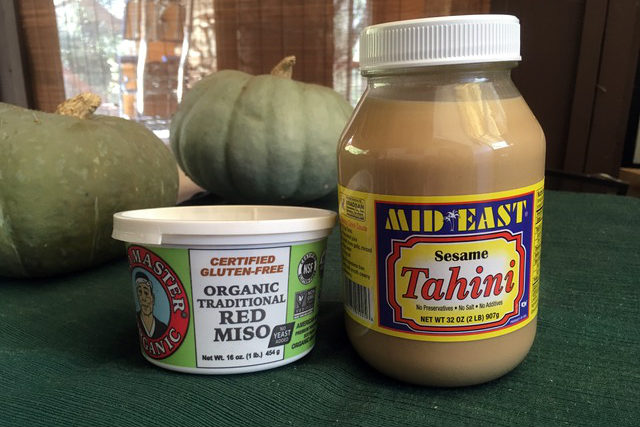
If you’re convinced about the reasons to switch to traditionally fermented soy, a great place to start is with miso. You can use it to make an instant soup base by just adding it to hot water. One of the active compounds in miso is genistein. Genistein is a phytoestrogen that acts naturally to preserve bone density without causing damage to other parts of the body.
You can also use miso to make a quick, but very satisfying dip for veggies. Try this simple tahini miso dip to enjoy the tangy and complicated flavor of miso.
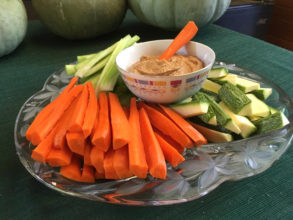
Tahini Miso Dip for Vegetables
Ingredients
- 1/3 cup tahini
- 1 tablespoon red miso
- 1 tablespoon fresh lemon juice
- 1 garlic clove mashed
- 1/4 teaspoon cayenne
- Water
Instructions
-
Combine tahini, miso, lemon juice, garlic, and cayenne in small bowl. Mix well.
-
Add water 1 teaspoon at a time to make desired consistency.
-
Serve with carrot, celery, and zucchini sticks. The sweetness of carrots goes especially well with the deep flavor of the tahini miso combination.
